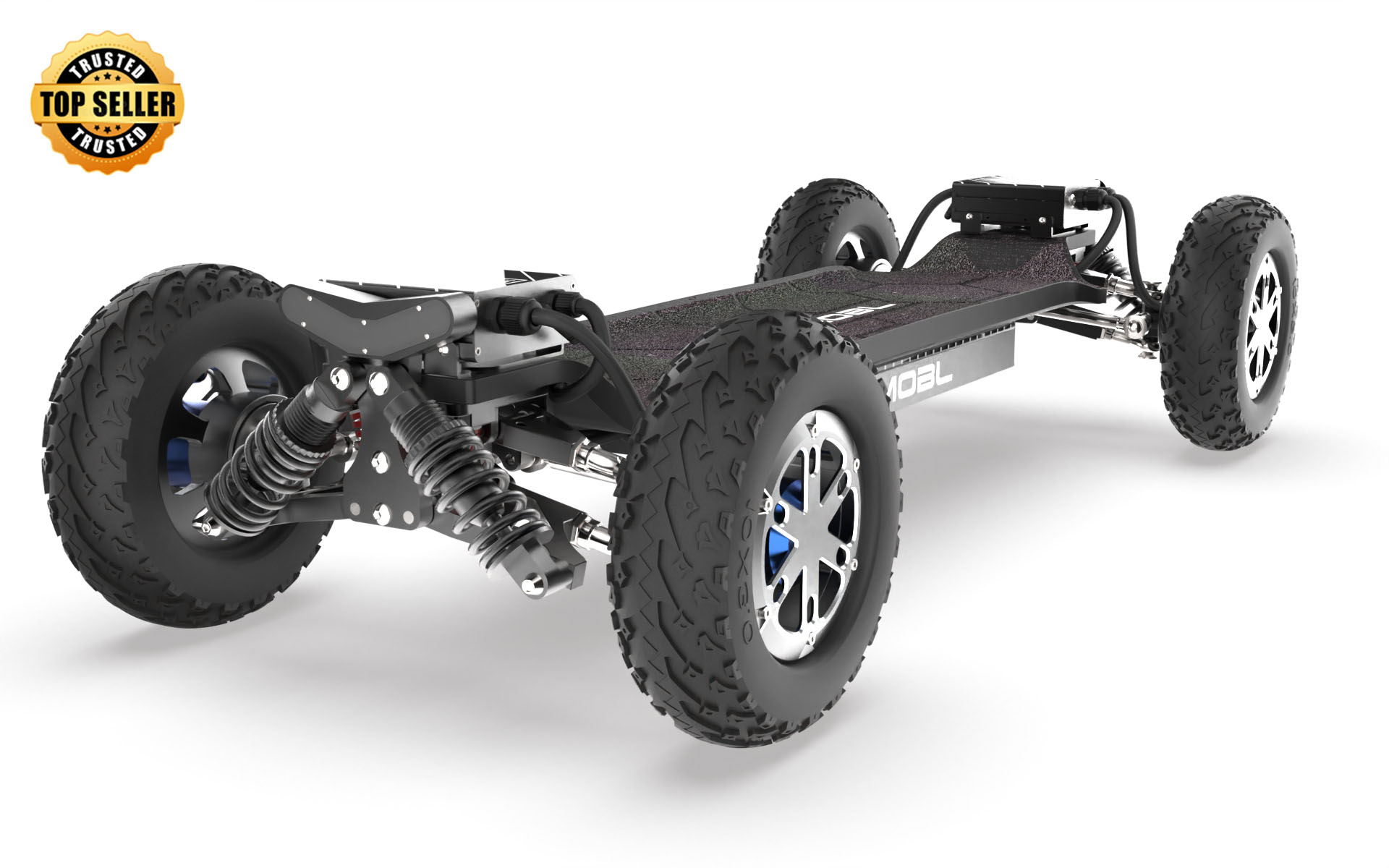Unleash the Thrill: Discover the Secrets Behind Remote-Controlled Skateboards!
Remote-controlled skateboards are taking the world by storm, offering a thrilling blend of technology and traditional skating. These innovative devices are not just for seasoned skateboarders; they are also attracting newcomers eager to experience the adrenaline rush of gliding through the streets with a twist. Imagine cruising effortlessly, controlling your speed and direction with just a remote—it's an exhilarating experience that combines freedom with the latest tech. In this article, we will dive deep into the mechanics of remote-controlled skateboards, exploring how they work, their key features, and why they have become a popular choice for both casual riders and enthusiasts alike.

Understanding Remote-Controlled Skateboards
At their core, remote-controlled skateboards merge the classic design of traditional skateboards with advanced technology. Unlike their non-motorized counterparts, these boards come equipped with an electric motor, a battery system, and a remote control that allows riders to maneuver with ease. The basic components include the skateboard deck, which is designed for durability and performance, the motor, which provides propulsion, the battery that powers the motor, and the remote control that communicates wirelessly with the board. This setup not only enhances performance but also offers a unique riding experience that traditional skateboards simply cannot match.
How Remote-Controlled Skateboards Work
The magic behind remote-controlled skateboards lies in their mechanics and technology. Riders use a remote control that communicates with the skateboard via wireless signals, typically using Bluetooth or a proprietary radio frequency. When you push the throttle on the remote, it sends a signal to the skateboard's motor, which adjusts the speed accordingly. The motor's power is derived from a rechargeable battery, making these boards eco-friendly and convenient. Riders can control both speed and direction, allowing for smooth turns and stops. Personal experiences shared by friends highlight how intuitive the controls are; one friend mentioned how he quickly adapted to the remote, enabling him to navigate through busy streets with confidence.
Features of Remote-Controlled Skateboards
The features of remote-controlled skateboards significantly enhance the rider's experience. Many models come with adjustable speed settings, allowing users to start slow and gradually increase their pace as they gain confidence. Advanced braking systems ensure a safe stop, giving riders peace of mind, especially when speeding downhill. Safety features, such as LED lights and reflectors, are common, improving visibility during nighttime rides. Some boards even offer smartphone connectivity, letting users track speed, battery life, and distance traveled through an app. Customizable settings can also be adjusted for a personalized riding experience, catering to both beginners and experienced riders. A friend of mine bought one recently, and he couldn't stop raving about how the app helped him monitor his performance on various terrains.
Benefits of Riding a Remote-Controlled Skateboard
The advantages of remote-controlled skateboards extend beyond just their fun factor. For beginners, they provide a more accessible entry point into skateboarding, as the remote control allows for easier navigation and control. The thrill of remote operation adds a unique dimension to the riding experience. Additionally, riding these boards can offer fitness benefits, as they engage core muscles and improve balance. They are also versatile, suitable for various terrains—from smooth pavements to rugged trails—allowing riders to explore different environments. Many enthusiasts find that they can cover more ground and enjoy longer rides than they would on traditional skateboards, creating a perfect blend of exercise and adventure.
Exploring the Evolution of Remote-Controlled Skateboards
In summary, remote-controlled skateboards represent an exciting evolution in the world of skating, combining traditional elements with cutting-edge technology. We explored how they operate, their impressive features, and the multitude of benefits they offer. For those seeking a thrilling and innovative way to skate, these boards provide a unique experience that captivates both new riders and seasoned pros. With their accessibility and fun factor, it’s no wonder they are becoming increasingly popular. If you're intrigued by the idea of gliding effortlessly with the push of a button, it might be time to consider trying out a remote-controlled skateboard for yourself—who knows, it could be the adventure you've been waiting for!







Comentarios